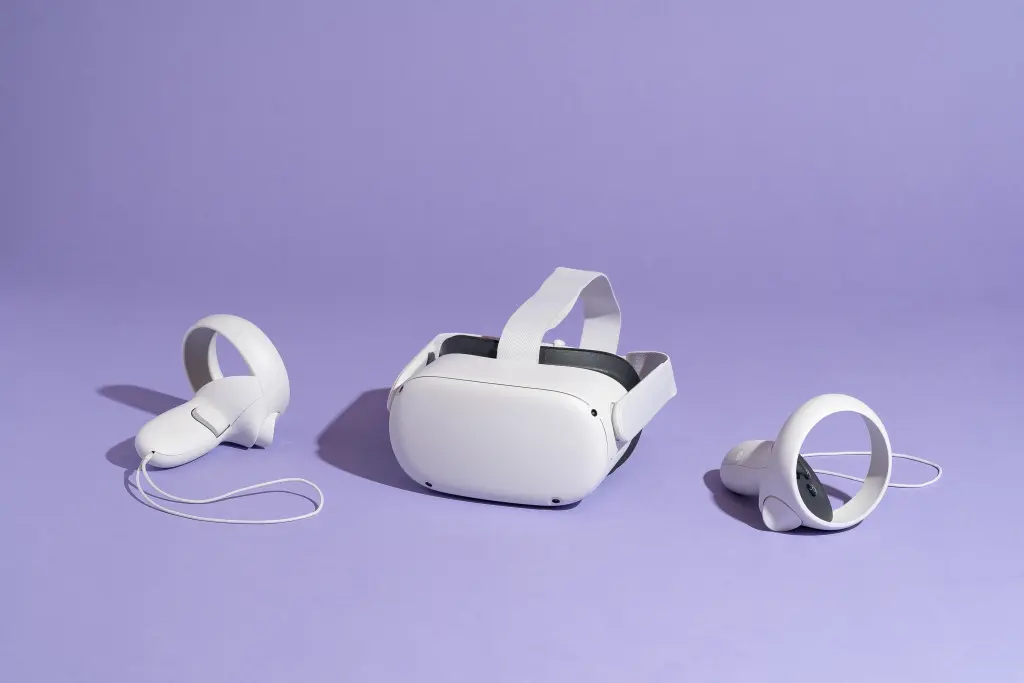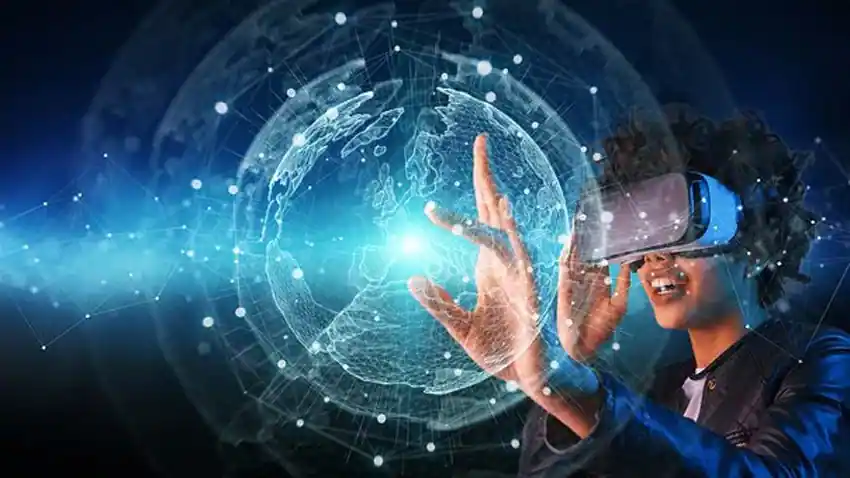
Augmented Reality
Augmented Reality (AR) refers to a technology that overlays computer-generated sensory information, such as graphics, sounds, or haptic feedback, onto the real-world environment to enhance the user’s perception and interaction with the surroundings. Unlike Virtual Reality (VR), which creates a completely immersive virtual environment, AR blends digital elements with the real world, allowing users to experience a merged reality.
AR is typically experienced through devices such as smartphones, tablets, smart glasses, or headsets, which use cameras or sensors to capture the real-world environment and overlay virtual objects or information onto the user’s view. These virtual elements can appear as 3D models, text, images, or animations, seamlessly integrated into the user’s perception of the physical world.
The key principle behind augmented reality is to enhance the user’s understanding and interaction with their environment by providing additional context, information, or interactive elements. AR has a wide range of applications, including gaming, education, navigation, training, retail, marketing, and healthcare, among others. By blending virtual and real-world elements, AR offers unique and immersive experiences that can transform how we perceive and interact with our surroundings.
Virtual Reality
Virtual Reality (VR) is a computer-generated simulation or environment that can be experienced and interacted with by a person. It typically involves the use of specialized hardware, such as head-mounted displays (HMDs) or goggles, along with input devices like motion controllers or gloves.
The primary goal of virtual reality is to create a highly immersive and sensory-rich experience for the user. By wearing the VR headset, the user is visually transported to a virtual world that can simulate real-world environments, fictional settings, or abstract spaces. The headset tracks the user’s head movements and adjusts the visuals accordingly, providing a sense of presence and making the virtual environment appear as if it surrounds the user.
In addition to visual immersion, VR can also incorporate other sensory inputs such as spatial audio, haptic feedback (tactile sensations), and even olfactory cues to enhance the overall experience. This multi-sensory approach aims to create a feeling of “being there” in the virtual environment, enabling users to interact with and navigate through the digital world using natural movements and gestures.
Virtual reality has a wide range of applications across various industries. It is popularly used in gaming, allowing players to step into virtual worlds and experience games from a first-person perspective. Beyond gaming, VR has applications in fields such as education, training, healthcare, architecture, design, engineering, and entertainment. It can be used for simulations, skill training, virtual tours, data visualization, therapeutic interventions, and much more.
Virtual reality offers a unique and immersive way to experience and interact with digital content, providing users with new possibilities for entertainment, education, and practical applications.


Augmented Reality (AR) and Virtual Reality (VR) are two distinct technologies that provide immersive experiences, but they differ in how they integrate virtual elements into the real world.
- Definition:
- Augmented Reality (AR):
- AR overlays virtual elements onto the real world, enhancing the user’s perception of their environment. It combines digital information with the user’s physical surroundings in real-time, typically using a smartphone, tablet, or specialized AR devices like smart glasses.
- Virtual Reality (VR):
- VR creates a simulated environment that completely replaces the real world. Users wear VR headsets to immerse themselves in a virtual world, blocking out the physical environment and replacing it with a computer-generated, interactive experience.
- User Experience:
- AR: With AR, users can interact with virtual objects while still being aware of and connected to the real world. Digital information, such as text, images, or 3D models, is superimposed onto the user’s view, enhancing their perception of reality. Examples include Pokémon Go and Snapchat filters.
- VR: VR provides a fully immersive experience by transporting users to a virtual environment. Users can explore and interact with this computer-generated world, often using handheld controllers or motion-tracking devices. VR applications range from gaming and entertainment to training simulations and virtual tours.


- Technology and Devices:
- AR: AR experiences can be accessed through smartphones, tablets, or specialized AR devices. Devices like Microsoft HoloLens, Google Glass, or the Magic Leap One provide hands-free AR experiences with more advanced features.
VR: VR experiences require dedicated headsets like Oculus Rift, HTC Vive, or PlayStation VR. These headsets consist of a display, motion sensors, and often handheld controllers for user interaction. Some systems also utilize external sensors to track movement in physical
- Applications:
- AR: AR finds applications in various fields such as gaming, education, healthcare, retail, architecture, and industrial training. It can be used for interactive educational content, virtual try-on experiences in retail, or overlaying real-time data onto industrial equipment for maintenance purposes.
- VR: VR is primarily used for gaming and entertainment, offering highly immersive experiences. However, it also has applications in training and simulations, such as flight simulators, medical training, architectural walkthroughs, and even therapy for certain phobias or PTSD.
Both AR and VR have their strengths and applications in different contexts. AR enhances the real world by overlaying digital information, while VR provides complete immersion in a virtual environment. As the technologies continue to advance, we can expect to see further innovation and integration of AR and VR in various industries and everyday life.

Resources and Learning Resources Web-links



